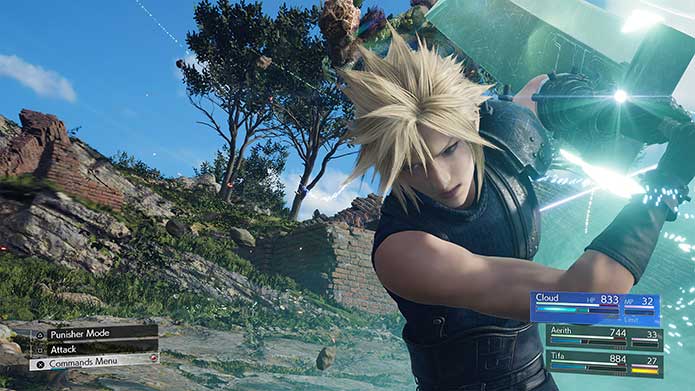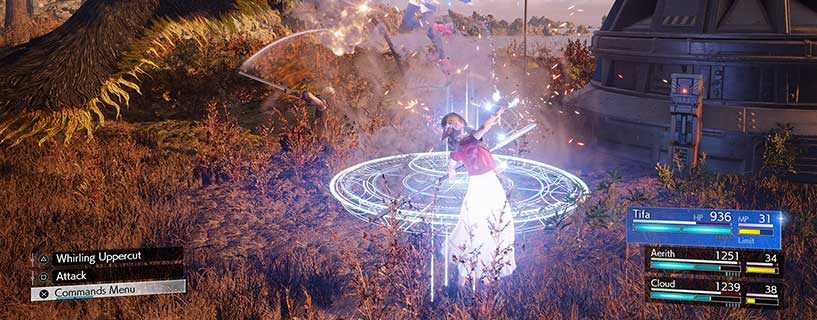Virtual Reality has been hailed as the future of gaming, promising immersive experiences that traditional flat screen gaming platforms can’t match. However, when it comes to Role-Playing Games (RPGs), the transition to VR has been challenging. This article will explore why it’s hard to create a truly satisfying and properly functioning RPG in VR. VR offers a level of immersion that’s unparalleled in other gaming formats. It allows players to step into the game world, interacting with the environment in a way that feels more real and immediate. Some games have successfully leveraged this potential, offering unique experiences that wouldn’t be possible on other platforms. Your very own body movements reflect the virtual environment and thus make you an active entity, which physically impacts the gameplay.
Game Design Challenges in VR
Creating a VR game presents several unique challenges. In a traditional game, the player can see the entire game world at once and interact with it from a distance, whereas in a VR experience the player must physically move around the environment, which makes it difficult to traverse large areas. Another challenge is crafting engaging interactions. In a traditional RPG, players interact with the game world through a controller or keyboard. In VR, these interactions are more direct and physical, which can be both a blessing and a curse. It can lead to more immersive gameplay, but it also presents design challenges in terms of making these interactions feel natural and intuitive. If you are looking for information about the most immersive VR games, make sure to check VR Today Magazine – they have tons of VR games reviews and articles rating the best VR games in any genre, so you can decide for yourself which should be the next VR game you will play. Keep in mind that RPGs have complex storylines, take place in various worlds and have a myriad of different characters. All of that is hard to integrate into a traditional game let alone a VR version, where each of the elements must have interactive features.
Balancing immersion and user interface is another hurdle.
 In flat screen RPGs, menus and interfaces are a crucial part of the gameplay. However, in VR, these elements can break immersion. Designing a user interface that is both immersive and functional is a significant challenge.
In flat screen RPGs, menus and interfaces are a crucial part of the gameplay. However, in VR, these elements can break immersion. Designing a user interface that is both immersive and functional is a significant challenge.
Technical Limitations of VR
VR technology, while impressive, still has its limitations. The high cost of VR devices can be a barrier for many potential players. Additionally, the graphical capabilities of VR devices are often inferior to those of traditional gaming platforms, limiting the visual complexity of VR games. Creating any VR game also involves creating a sense of presence. In a traditional game, the player can be detached from the game world and observe it from a distance. In a VR game, the player must be able to feel like they are truly present in the game world. This requires the use of sound, visuals, and haptics, which would require the use of more advanced VR equipment. VR sickness, a form of motion sickness caused by the disconnect between what the player sees and what their body feels, is another significant issue. This can make long gaming sessions uncomfortable, which is a particular problem for RPGs, which often involve extended play sessions.
User Experience Issues in VR
 The complexity of VR interfaces can be a barrier for many players. Navigating menus and reading text in VR can be challenging, especially in RPGs, which often involve complex menu systems and a lot of text. There is another statement which has now become cliché to most players, which is – in a traditional video game the skills of the character are being explored, whereas in VR games the skills of the player himself are being put to the test. In order to be proven right, the execution of the VR version must allow the player to put in as much physical effort into the game without experiencing technical issues like lagging or glitching. Another issue is the phenomenon of ‘time compression’, where time seems to pass more quickly in VR. This can lead to players spending longer in the game than they intended, which can be problematic given the physical discomfort that can come with extended VR use.
The complexity of VR interfaces can be a barrier for many players. Navigating menus and reading text in VR can be challenging, especially in RPGs, which often involve complex menu systems and a lot of text. There is another statement which has now become cliché to most players, which is – in a traditional video game the skills of the character are being explored, whereas in VR games the skills of the player himself are being put to the test. In order to be proven right, the execution of the VR version must allow the player to put in as much physical effort into the game without experiencing technical issues like lagging or glitching. Another issue is the phenomenon of ‘time compression’, where time seems to pass more quickly in VR. This can lead to players spending longer in the game than they intended, which can be problematic given the physical discomfort that can come with extended VR use.
The Impact of These Challenges on RPGs in VR
Each of the mentioned challenges impact the production and the execution of RPGs in VR. RPG
s are typically time-consuming games, with complex narratives and deep, intricate gameplay systems. The physical discomfort associated with extended VR use like eye strain and sweaty headset can make long play sessions uncomfortable, limiting the appeal of VR RPGs. The complexity of RPGs also presents a challenge. Navigating complex menus and reading large amounts of text can be difficult in VR, detracting from the gameplay experience.
Potential Solutions and Future Directions
 Innovative design approaches, such as integrating physical movements into gameplay, can help to overcome some of the limitations of VR. Technological advancements concerning the graphical capabilities could also improve the VR gaming experience – the greater the resolution the easier it would be for the eye to track all the different design elements for longer time periods without squinting. A third-person setting could also make RPGs more enjoyable in VR as the player could easily put a pause on the game and observe from a far the layout, which would enable him to build a better battling strategy. And although the best part about VR is that you would physically do all the archery and fighting yourself, it is very tiring to spend more than an hour in the game. The headset warms up pretty quickly, the sweat makes it uncomfortable to wear, same goes for the controllers. In order to fully get a grasp on the storyline of any RPG one should spend hundreds of hours playing it, which is not optimal in VR as the longer the sessions, the greater the strain is on the eyesight, the brain and the vestibular apparatus. Working towards making the VR experience more realistic and integrating an easing procedure before gameplay could be a great step forward for RPGs in VR.
Innovative design approaches, such as integrating physical movements into gameplay, can help to overcome some of the limitations of VR. Technological advancements concerning the graphical capabilities could also improve the VR gaming experience – the greater the resolution the easier it would be for the eye to track all the different design elements for longer time periods without squinting. A third-person setting could also make RPGs more enjoyable in VR as the player could easily put a pause on the game and observe from a far the layout, which would enable him to build a better battling strategy. And although the best part about VR is that you would physically do all the archery and fighting yourself, it is very tiring to spend more than an hour in the game. The headset warms up pretty quickly, the sweat makes it uncomfortable to wear, same goes for the controllers. In order to fully get a grasp on the storyline of any RPG one should spend hundreds of hours playing it, which is not optimal in VR as the longer the sessions, the greater the strain is on the eyesight, the brain and the vestibular apparatus. Working towards making the VR experience more realistic and integrating an easing procedure before gameplay could be a great step forward for RPGs in VR.
Conclusion
Creating a good RPG in VR is a significant challenge, due to both game design and technical hurdles. However, with innovative design approaches and ongoing technological advancements, the potential for immersive, engaging VR RPGs is there. The future of RPGs in VR is uncertain, but it’s worth supporting those willing to take on this challenge.


 by Symphonie
by Symphonie